Time Travel, Teenagers, and a DeLorean with an Attitude
In "Back to the Future" (1985), directed by Robert Zemeckis, time travel meets charm. A nostalgic classic rated 8.5/10.
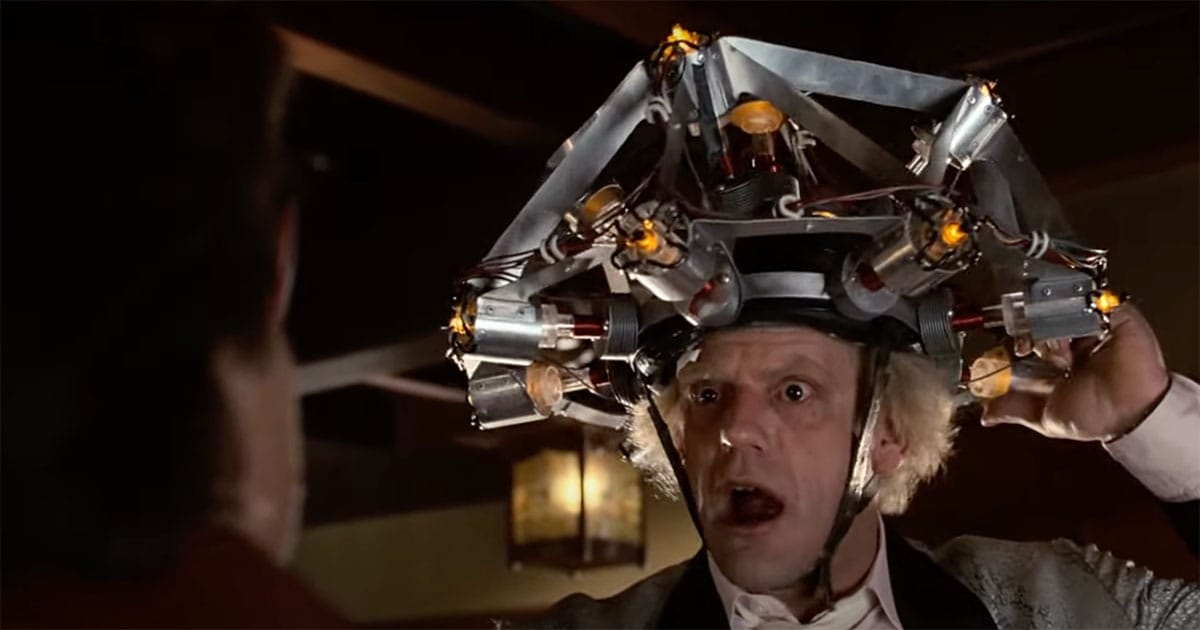
There are many movies about time travel. Some involve British guys crammed into phone booths. Others feature moody people in trench coats doing slow-motion kung fu while brooding about causality. But in 1985, Robert Zemeckis gave us the Cadillac of time-travel movies. It is called "Back to the Future," and it has everything. Teenagers. Rock and roll. It is a car that looks like it was assembled by NASA engineers working on a toaster.
Michael J. Fox plays Marty McFly, a kid who skateboards through parking lots, blasts guitar amps across rooms, and accidentally endangers his own birth while wearing a denim jacket. This is the kind of movie where the phrase "accidentally endangers his own birth" makes complete sense.
Christopher Lloyd plays Doc Brown, a scientist who appears to have invented time travel and also possibly homemade fireworks. He explains that to return to 1985, Marty needs exactly 1.21 gigawatts of electricity, which is a technical term meaning "hope you like lightning."
The plot zips along like a skateboard on a caffeine bender. There are bullies, bands, and awkward romantic entanglements involving people who should definitely not be dating each other. It is funny. It is fast. And somehow, it all works—even if you still do not know what a flux capacitor actually does.
| Attribute | Detail |
|---|---|
| Title | Back to the Future |
| Director | Robert Zemeckis |
| Writer | Robert Zemeckis, Bob Gale |
| Actors or actresses | Michael J. Fox, Christopher Lloyd, Lea Thompson |
| Rated | PG |
| Runtime | 116 min |
| Box Office | $214,553,307 |
| U.S. Release Date | 03 Jul 1985 |
| Quality Score | 8.5/10 |
Synopsis
The movie begins with Marty McFly doing normal teenage stuff, like being late for school and helping his mad-scientist friend test experimental nuclear equipment in the mall parking lot. One thing leads to another—mostly involving Libyan terrorists and plutonium—and Marty is hurled back in time to 1955 in a car that has no cup holders but does require 88 miles per hour and blind faith.
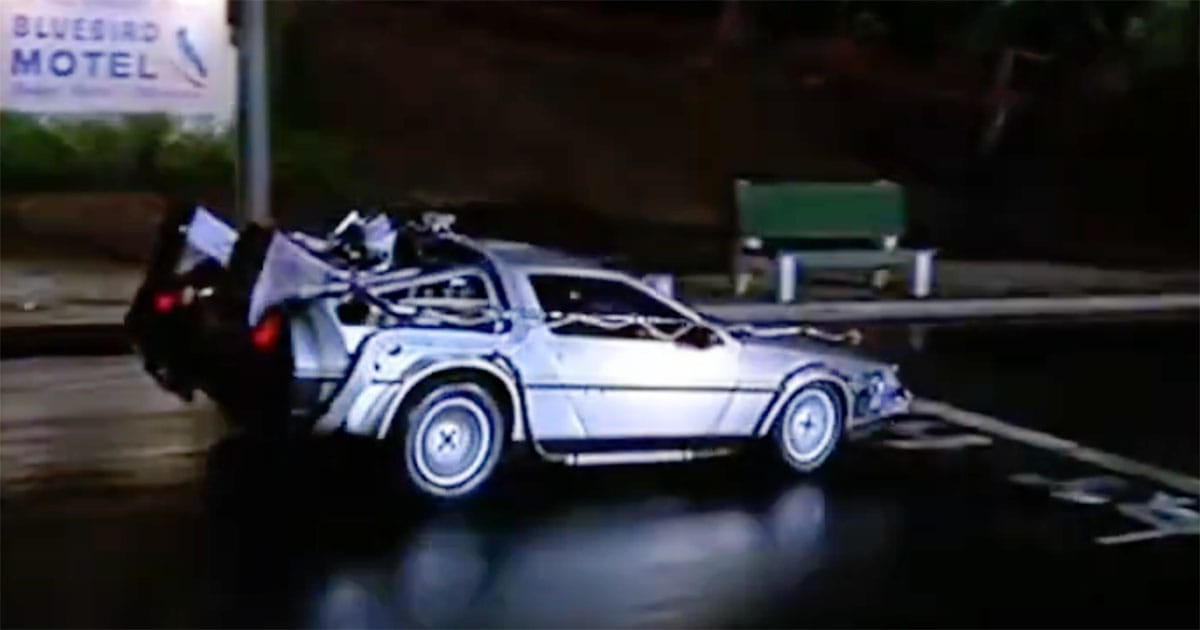
Once in the past, Marty does what any teenager would do in that situation. He accidentally stops his parents from falling in love and causes a minor apocalypse in the space-time continuum. This means he must somehow get his geeky dad and confused mom together before he fades away like an untagged photo on the internet.
Enter Doc Brown, 1955 edition. He looks exactly like the 1985 version except slightly more confused and with access to even fewer safety regulations. With Marty's help, they hatch a plan involving a clock tower, a thunderstorm, and a series of engineering decisions that would give OSHA a heart attack.
Along the way, Marty punches a bully, invents rock and roll, and inspires his dad to stop being a doormat and start being a guy who punches bullies. It is inspiring. It is chaotic. And it ends with a flaming tire trail and a flying car, which is really all any movie needs.
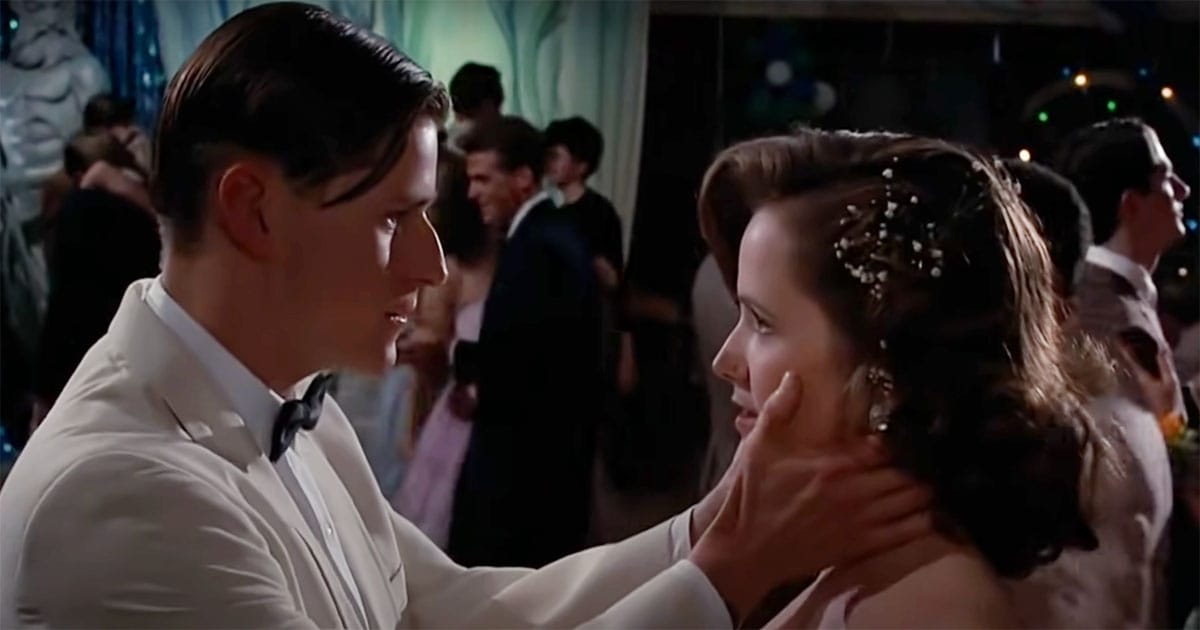
Theme
"Back to the Future" is not subtle. The car literally screams when it starts up. It leaves fire behind when it travels through time. At no point does it gently suggest anything. Instead, it shouts YOU ARE NOW WATCHING A MOVIE ABOUT TIME TRAVEL AND PARENTAL AWKWARDNESS.
At its core, the film is about time. Specifically, how one small change can ripple through the decades like a bowling ball tossed into a kiddie pool. Marty makes that change and then spends the rest of the movie trying not to vanish while learning valuable life lessons, like how to play guitar under pressure and how not to date your mother.
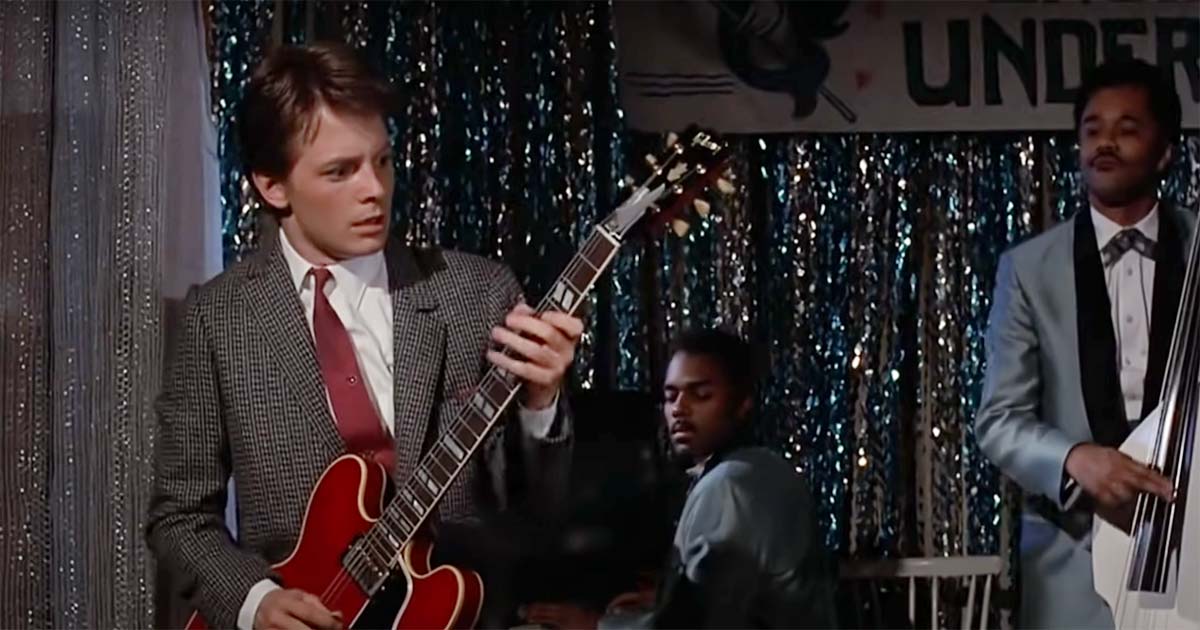
It is also about family. Marty sees his parents as teenagers and realizes they were once awkward, nervous, and kind of a mess—just like him. Watching George McFly transform from human doormat into a guy who throws a punch and lands it is one of the great cinematic underdog moments. It proves that sometimes all a man needs is motivation and a teenager from the future.
Visually, the movie slams the 1950s and 1980s together like a jukebox crash. You get soda fountains and giant cordless phones, diner fights and mall parking lots, all orbiting around that massive clock tower that nobody ever seems to fix. Every shot is a postcard from a decade that no longer exists but looks way cooler than it probably was.
And the music? Alan Silvestri's score is so heroic it could raise flags by itself. Then Huey Lewis and the News show up to provide the greatest musical contribution in cinematic history—being told by their own movie character that their band is too loud.
Who Will Enjoy "Back to the Future"
The short answer is everybody. The long answer is also everybody, but with more snacks.
Time-travel fans will immediately start diagramming alternate timelines and muttering things like paradox correction loop under their breath. That is fine. Let them. The rest of us will be enjoying the part where a teenager fixes the space-time continuum using rock and roll and improvised lightning capture.
Comedy fans will find themselves right at home. From Doc Brown's hair—which defies physics—to Marty's complete inability to stop making things worse, the jokes land fast and often. This is a movie where a bully gets a face full of manure. Twice.
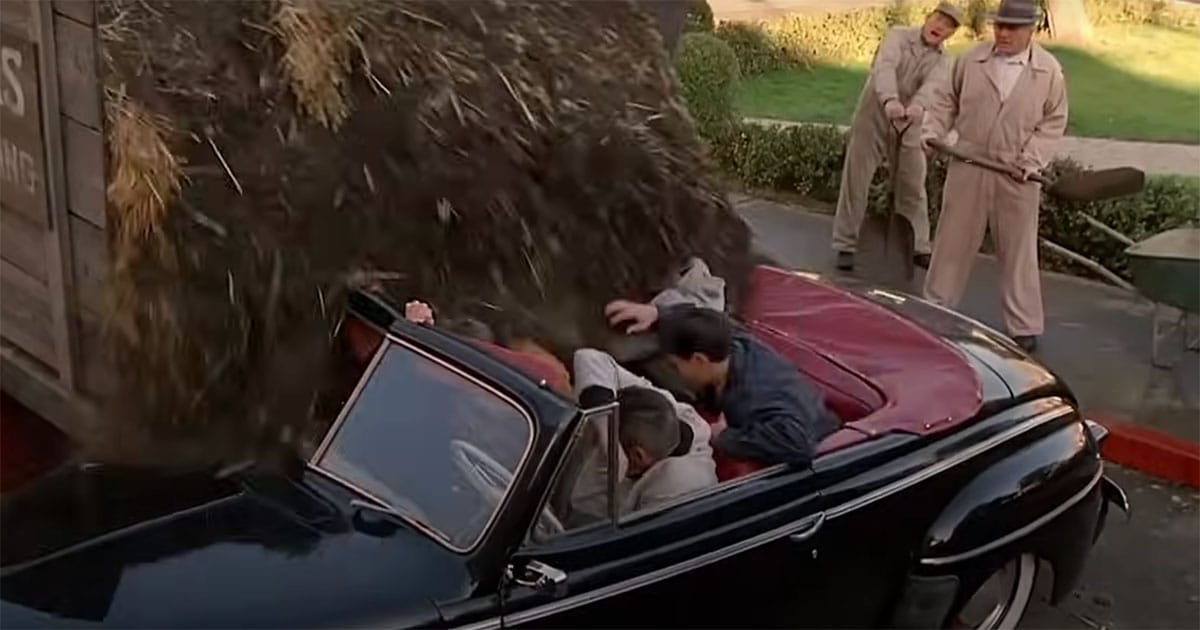
Families will enjoy watching it together, even if they do not agree on the fashion choices. It is the rare film that combines teen rebellion, personal growth, and parental embarrassment into one explosive package. t provides excellent material for conversations about love, fate, and what exactly was going on with 1980s denim.
Even romantics will find something to love. George and Lorraine's jittery courtship is sweet, uncomfortable, and exactly the way young love often feels. And watching George finally stand up for himself is like watching a baby deer learn karate.
In the end, "Back to the Future" is the kind of movie that reminds you why movies exist in the first place. It is fast. It is funny. It is ridiculous in all the right ways. And somehow, it says something real about courage, family, and how one small moment can change everything. Also, there is a time machine. And it has gull-wing doors.

